Rackspace’s CTO takes a broad view of sustainability
CIO
JULY 5, 2023
SustainableIT.org recently released its first set of IT-based environmental, social and governance standards to provide CIOs with precise technical guidance about how to reduce greenhouse gas emissions and reduce energy consumption. What the bigger cloud providers can do is negotiate better contracts with clean energy providers. “By

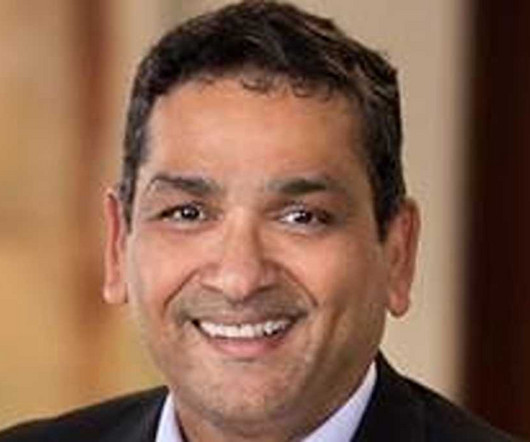
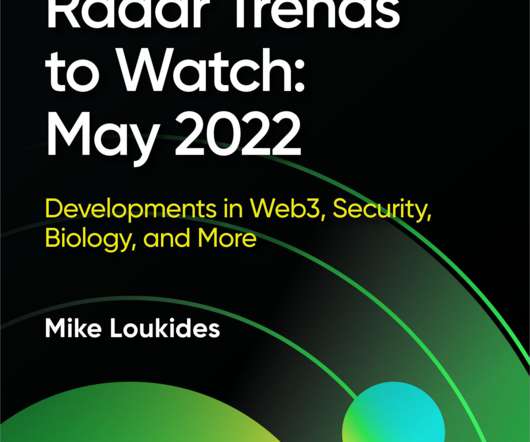

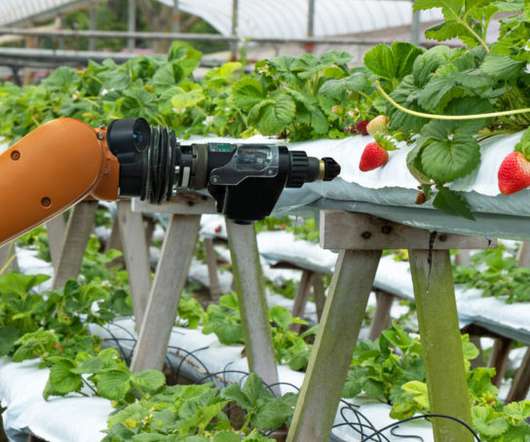
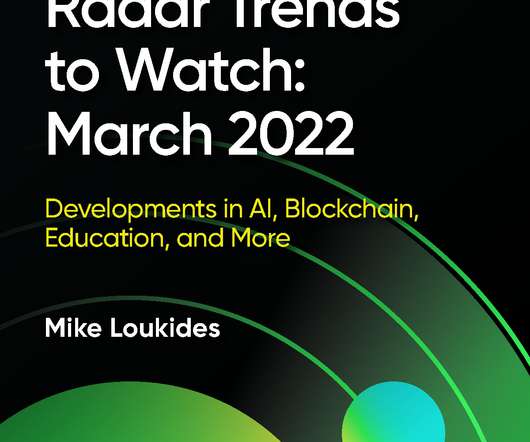

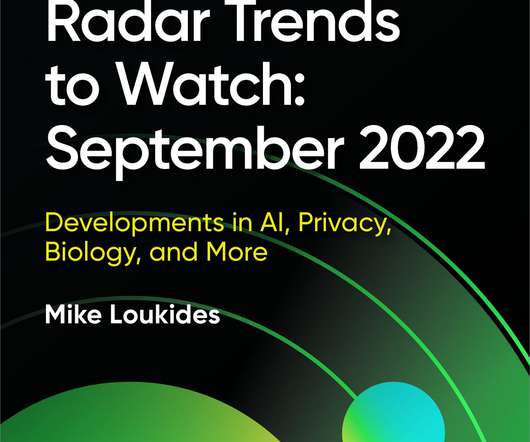
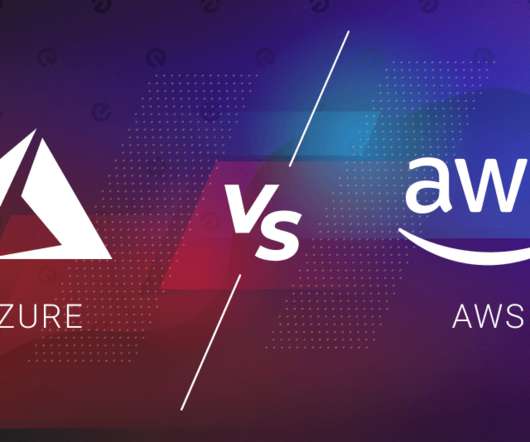









Let's personalize your content